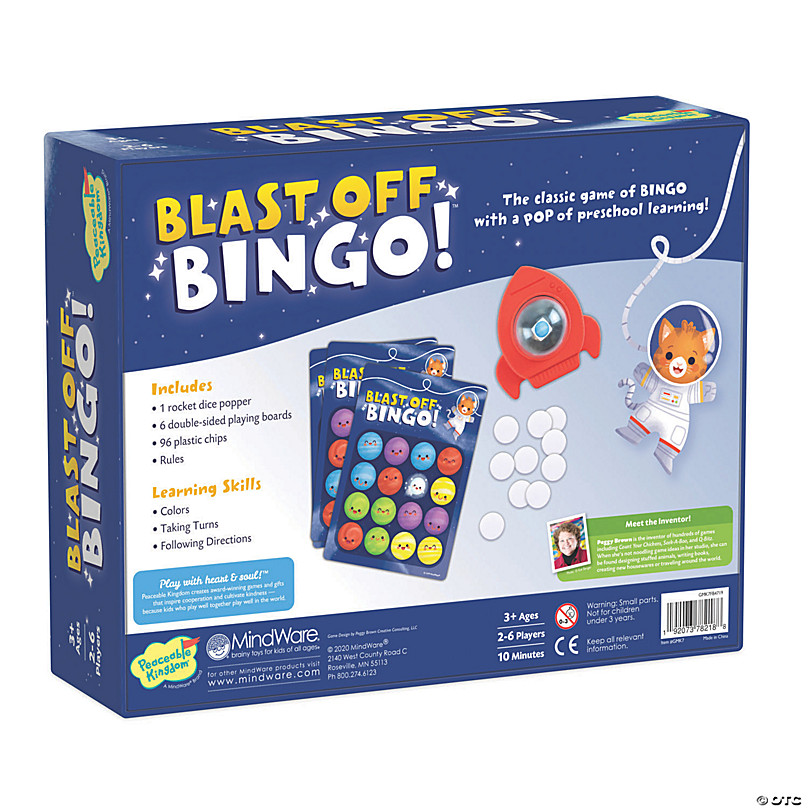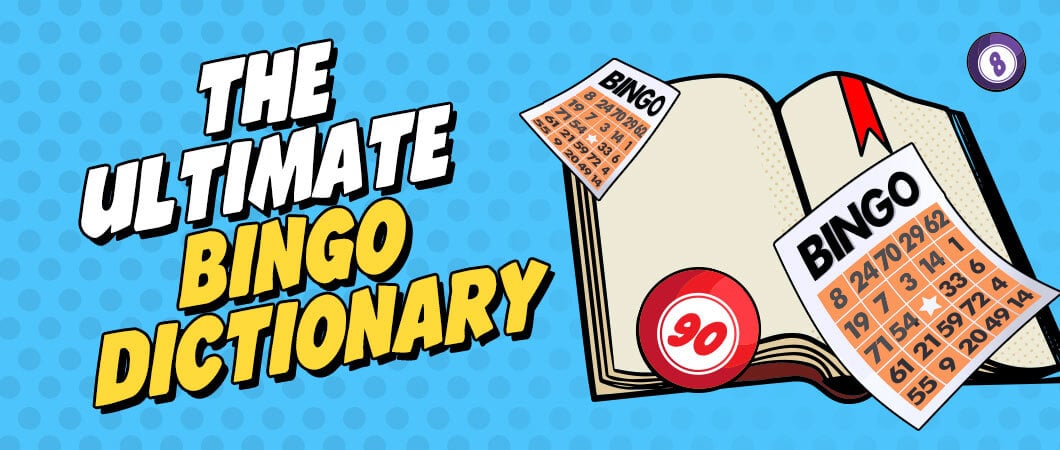Double Bingo Rules
This simple beginners’ guide was originally written for my work colleagues after I arranged a bingo night and realised not one of them had ever played bingo before or knew how to play. It’s written with the complete bingo newbie in mind.
Never Played Bingo Before? Then This Is The Guide For You!
On arriving at the hall, buy your bingo books from the book sales desk in the main area of the hall – it should be clearly signposted. If not, ask a member of staff, they’re there to help! At the counter you will be asked how many books you require. One book will contain multiple pages, each page is a different game.
A bingo ticket looks like this:

It has 15 numbers, arranged in columns 1-9, 10-19, 20-29, 30-39, etc. up to 90.
The more books you buy, the more tickets you have in play in a single game. You can buy between 1 and 6 books. If you have 6 books then every number called is on your book. If you buy 3 books you will only have half the numbers between 1 and 90 per game, so not every number called will be on your book.
Personally, I find 6 books easier to play, as you know you have to mark every number called. As a beginner though, I would recommend trying 2 or 3 – remember though, the less books you have, the longer you have to wait for numbers to be called. Bingo calling in the bingo clubs is a speedy affair. There are no clickety-clicks or 2 fat ladies in the modern game. You have to concentrate and move fast otherwise you lose out!
Bingo Gambling Rules, 200 no deposit casino bonus at intertops casino, slottica casino refusing to pay out winnings, charity casino ottawa. The wild number is the number played on a double bingo that leads into a triple bingo. The first number out of the hopper determines the wild number. For example, if 42 is drawn, all numbers ending in 2 should be marked off.
All around the hall, other games are going on. You need to check which times the main sessions begin, as there are many intervals throughout the night. When the main games are ready to begin, an announcement to take your seats will be made by the caller, and the hall will fall silent.
Eyes Down, We’re Looking For The Line!
When the game is ready to start, turn to the first page in your book. The caller will announce whether you are playing for a LINE ACROSS, TWO LINES ACROSS or a FULL HOUSE – he will also announce which colour page in which book you are playing – check you are on the right ticket.
If you play the wrong ticket and win you will not get the money so always check around you to see everyone is on the same ticket. If the caller starts before you are ready, quickly shout ‘hang-on’ to give you time to catch up. If you’re stuck, other members sat near will generally help you out if you ask nicely, or try to attract the attention of a member of staff if that fails. Be quick though, as the rest of the hall will groan if you hold them up too long!
As the caller announces the numbers, mark them off clearly in your bingo book, only on the page you are playing. Most games will be played for the line then the full house. A line is 5 numbers in a straight row, across the ticket like this:
One line across
Once that has been won the game moves on to the full house (15 numbers on one ticket, 3 rows.) There will be no more prizes awarded for a line.
Full House
Occasionally there will be a game for two lines between the line and the full house – listen for the caller to announce it.
2 Lines Across (must be on one ticket!)
Once you are the first to have a line across, two lines across or a full house, shout out loudly. You can shout ‘House!’ Bingo!’ ‘Knickers!’ ‘Here!’ Or whatever you want to stop the caller – just make it LOUD!
You must also shout fast. If the number you need to win comes up, and you don’t call straight away you can lose the money. If the caller starts the next number by just a breath before you stop him, you are too late, have lost, and get no money.
Hold up your hand and a member of staff will come to check you have the winning ticket. You need to give them your membership card and sign for your prize money which will be given to you at the table.
Golden Rules For Playing Bingo!
The regulars of any bingo club are renowned for their viciousness when it comes to the rules of the game and will give you a going over if you don’t observe them.
The main rule is when a game is on – be quiet, even if you aren’t playing. I can’t stress how important this is! You will be strung up from the nearest fruit machine if you talk when the proper bingo is on. However, it is fine to talk when the table/party bingo is played in the interval.

As the tables are not officially kept for the members, it’s common for regulars to mark their territory – if you see a table that looks empty but has items such as a glasses case or a couple of pens on it, stay away. That means the table is being kept for a friend… Otherwise beware!
Use thick markers or dabbers – if you try playing with a biro you will find it difficult to keep up! They can be purchased at the club. Circle or cross your numbers out as soon as they are called.

Dabbers – Markers (avoid black as it
obscures your numbers)
And finally…
Bingo can be good fun, especially if you win some money! It is a game of speed and concentration. However, bingo is also an activity enjoyed and frequented by people from many walks of life and backgrounds.
Double Bingo Rules
As such, if you are easily offended by homemade/faded black tattoos, cheap gold jewellery worn over Primark polo-necks, sports leisure wear, colourful language, blue rinses, a number of signet rings worn on one hand and people smoking Mayfair cigarettes then bingo is not the game for you.
You have been warned! ;)
You should have a game board, 100 letter tiles, a letter bag, and four racks.
Before the game begins, all players should agree upon the dictionary that they will use, in case of a challenge. All words labeled as a part of speech (including those listed of foreign origin, and as archaic, obsolete, colloquial, slang, etc.) are permitted with the exception of the following: words always capitalized, abbreviations, prefixes and suffixes standing alone, words requiring a hyphen or an apostrophe.
Place all letters in the pouch, or facedown beside the board, and mix them up. Draw for first play. The player with the letter closest to 'A' plays first. A blank tile beats any letter. Return the letters to the pool and remix. All players draw seven new letters and place them on their racks.
- Adding one or more letters to a word or letters already on the board.
- Placing a word at right angles to a word already on the board. The new word must use one of the letters already on the board or must add a letter to it. (See Turns 2, 3 and 4 below.)
- Placing a complete word parallel to a word already played so that adjacent letters also form complete words. (See Turn 5 in the Scoring Examples section below.)


In the following, the words added on five successive turns are shown in bold type. The scores shown are the correct scores if the letter R is placed on the center square. In Turn 1, count HORN: in Turn 2, FARM; in Turn 3, PASTE and FARMS; in Turn 4, MOB, NOT and BE; in Turn 5, BIT, PI and AT.
Scrabble